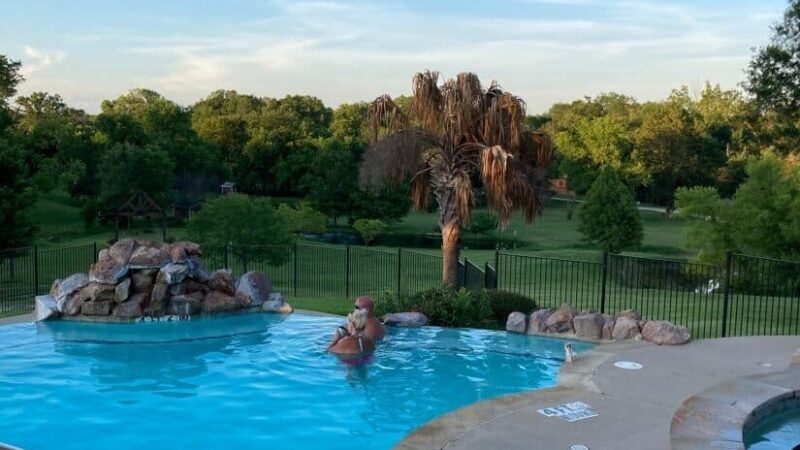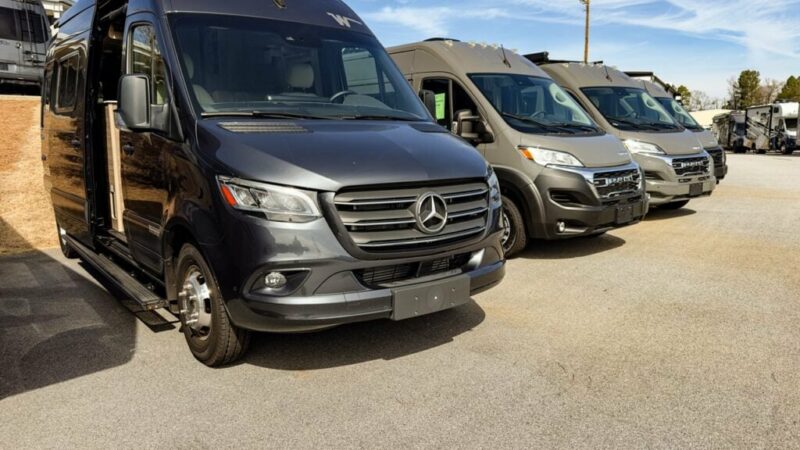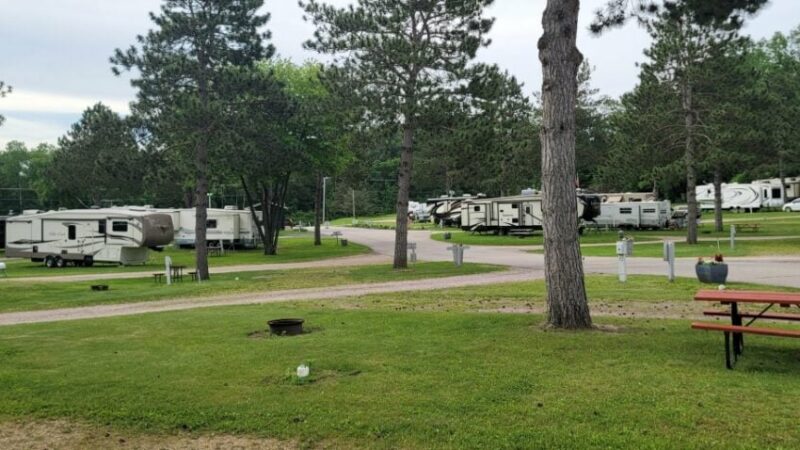The Best Ways to Control Moisture in Your RV
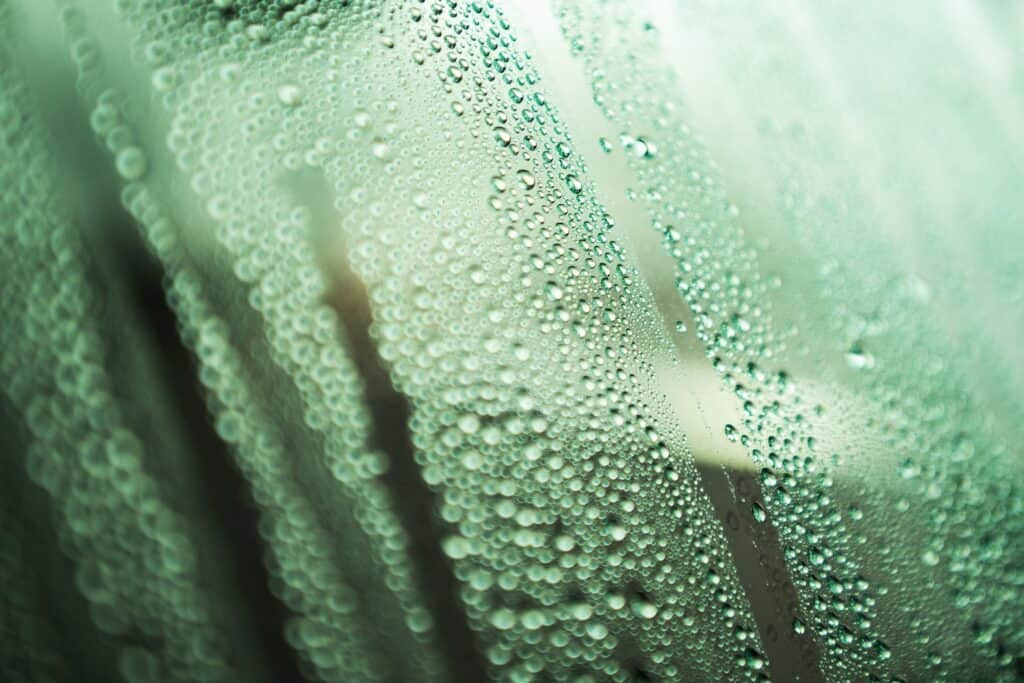
Stop Moisture in Your RV Before it Causes Problems
You probably already know that humidity and moisture will destroy your RV sooner or later if you don’t keep it in check. One of the first signs of humidity and moisture in the RV is foggy or “sweating” windows. When it’s cold out, and the humidity is high inside the RV, moisture collects on all of the inside surfaces of the RV just as moisture collects on the outside of a cold beverage on a humid day. While we’ll usually spot moisture build up on the windows, we won’t see the water that condenses above the ceiling, or within the walls of the RV.
What you might eventually see are water stains on the ceiling or discoloration and swelling of cabinetry or wood furniture. Without question, If you see any of these signs, you’ve got a condensation problem caused by humidity inside your RV. This accumulating moisture can cause a host of problems, any of which can result in permanent damage to your RV in the form of unsightly staining, delamination of interior surfaces, mold, mildew, and rot. You need to take action to reduce the moisture and humidity inside your RV as soon as possible.
What Makes RVs so Prone to Humidity?
Water vapor produced by the routine activities of one or two people puts a lot of water into the air. In a typical house, this moisture dissipates and doesn’t get a chance to accumulate. The thing is, RVs are much smaller than most houses. In addition, RVs are built to be as watertight as possible. This means all the water produced by humans during routine activities can’t dissipate as it would in a house.
With nowhere for this water vapor to go, the air inside an RV becomes saturated with it. Because warm air is able to hold more water vapor than cold air, water will condense when the air gets cold. As a result, when the surface of your RV windows are colder than the air inside your RV, water condenses on them. This is often the first sign of a moisture problem in your RV.
Where Does All This Water Come From?
When we’re living in an RV for any length of time, we create a lot of moisture through each one of our normal daily activities. Some of the most common causes of moisture and humidity in RVs are:
- Breathing and perspiration: A family of four can put three quarts of water into the air just by breathing and perspiring. Pets in the RV should also be considered to be sources of water vapor in the RV.
- Cooking: Cooking a meal for a family of four can put up to a gallon of water into the air.
- Bathing: The average shower puts between four and eight ounces of water into the air.
- Dishwashing: Washing the dishes for a typical day’s meals adds about 16 ounces of water to the air.
- Floor mopping: Mopping an 8-by-10-foot kitchen floor releases about one quart of water into the air
- Drying Laundry: Drying clothes and other laundry inside the RV releases the water from the clothes into the air.
- Propane appliances: When propane is burned, carbon dioxide, nitrogen, and water are released into the air.
- House Plants: House plants give off almost as much water as they’re given.
Damage From Humidity in Your RV
The damage from moisture and humidity in your RV can sneak up on you. It’s easy to see condensation building up on the windows. But the real damage is done where you can’t see it. Water vapor in the air always moves toward dry air. The effect of this is “vapor pressure.” Vapor pressure means water vapor can make its way into wall board, plywood, paint, and almost everything else in an RV.
That being said, you might not be aware there’s a moisture problem in your RV until you start seeing signs of mildew, warping, and/or rot in floors, walls and/or cabinets. Condensation on RV windows is always a sign that you have excessive humidity in your RV and you need to do something about it as soon as possible.
How to Reduce Humidity and Moisture in Your RV
- Use the range-hood fan and bathroom fan when cooking, washing dishes, or bathing, and let them run for 15 minutes after a meal or bath.
- Ventilate by leaving one or two roof vents or a window slightly open. This may seem counterintuitive in winter, when you’re trying to heat the RV’s interior. However, doing this can greatly reduce or eliminate condensation in your RV.
- Don’t insulate the windows using plastic wrap. Adding insulation to the windows of your RV can trap humidity and moisture inside the RV.
- Open windows as often as comfortable or convenient.
- Don’t operate a humidifier inside your RV.
- Use an electric pressure cooker to cook meals. These trap water vapor from cooking so you can release it outdoors.
- Avoid excessively boiling water on the stove.
- Vent appliances to the outside.
- Avoid drying laundry indoors since all the water drying out of it goes into the air in the RV.
- Avoid bringing water or snow into the RV on shoes
- Run an appropriate-size dehumidifier in the RV.
- Leave cabinets and wardrobe doors open.
- Use moisture-absorbing packs in cabinets
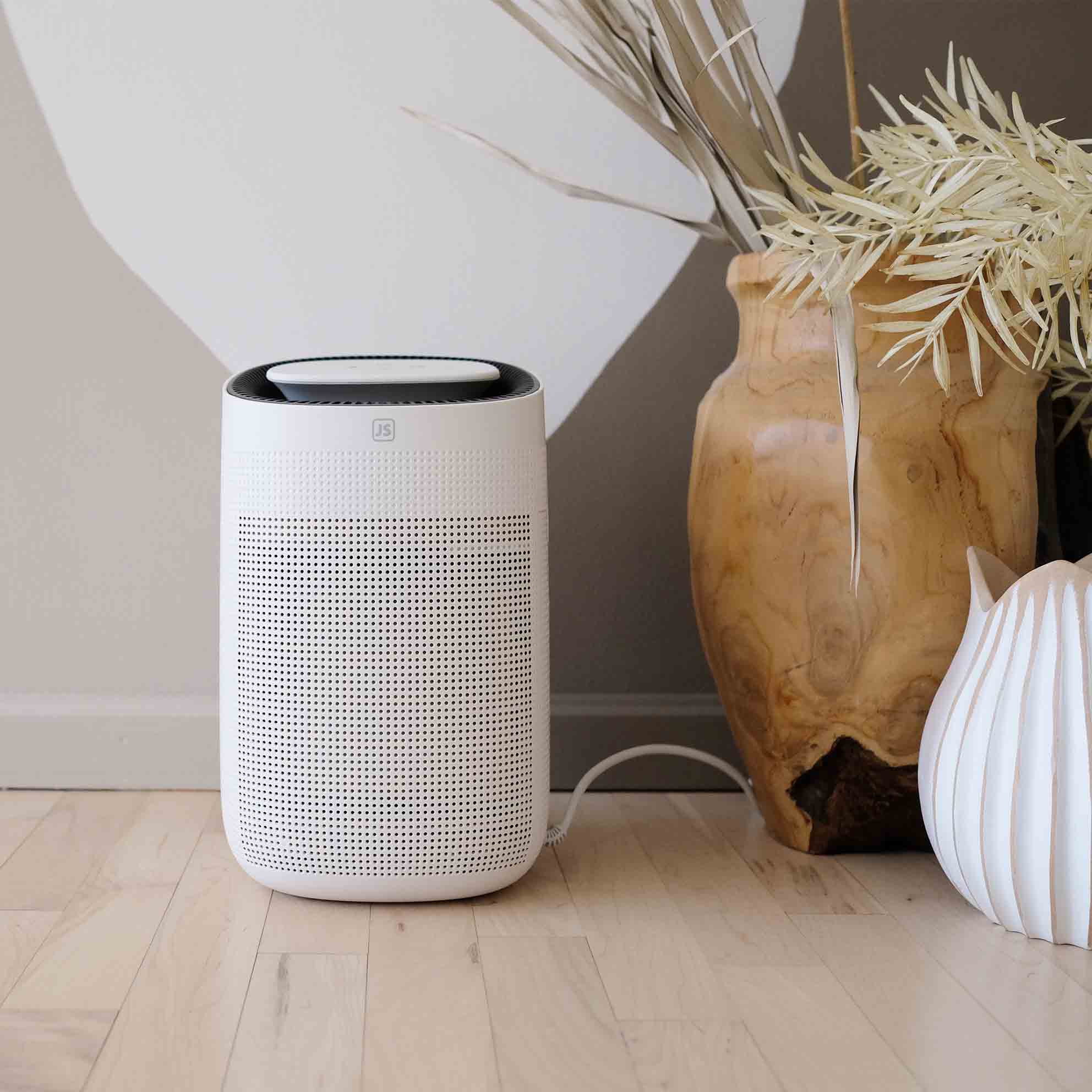
Choosing a Dehumidifier
It’s a good idea to have a dehumidifier in your RV, whether its being used or it’s tucked away for the winter. In addition, it’s important to choose the right size dehumidifier for your RV. Portable dehumidifier sizes range from tiny—with capacities to 10 ounces—to large—with capacities up to three gallons. The size you need for your RV will depend on how many cubic feet your RV is and the number of people using it. Since each person in the RV can release 3/4-quart of water, it’s important to take this into consideration.
Larger portable dehumidifiers will require more power to operate, but will pull a lot more moisture out of the air. While a small dehumidifier is better than nothing, it’s better to go a little bigger than you need when it comes to selecting a dehumidifier.
A Few Energy-efficient Dehumidifiers to Consider:
- JS VANGUARD 2.0 The 2-in-1 Air Purifier HEPA and Dehumidifier This dual-purpose dehumidifier has a small footprint and has a capacity of 1.5 quarts. This efficient air purifier/ dehumidifier is the perfect size for many RVs without being overly power-hungry. The handy Vanguard 2.0 removes moisture and purifies air for spaces up to 215 square-feet and can be controlled with via a Smartphone app. Reviewers say it’s quiet, and works for removing both moisture and odors from the air. MSRP: $104
- Ceeefelian portable Home Dehumidifier for Basements has a 32-square-inch footprint and weighs just under 6 pounds, making it a good choice for weight-conscious RVers. This powerful dehumidifier has a tank capacity close to 3 quarts, so it’s well-suited to multiple occupants in larger RVs. Reviewers report that it removes moisture from the air quietly and efficiently. Amazon Price: $61.10
- Lonxfy 88 oz dehumidifier measures just 7.2-by-5.4-by-12.61 inches but can dehumidify spaces of up to 880 square-feet. This makes it a suitable choice for almost any RV with multiple occupants. Reviewers report that this small size dehumidifier is very quiet and pulls a lot of moisture out of the air. Amazon Price: $59.99
Final Thoughts
RVs are so watertight that water vapor has no way of escaping. So instead of dissipating like it would in a house, humid air condenses on windows and permeates into materials inside your RV, creating stains, mold, warping, and rot. This moisture can eventually damage your RV to the point where it’s no longer usable.
However, humidity problems inside your RV are avoidable, by reducing the amount of water vapor, making sure it can escape, and using a dehumidifier.
The post The Best Ways to Control Moisture in Your RV appeared first on RV LIFE.
Source: https://rvlife.com/the-best-ways-to-control-moisture-in-your-rv/

